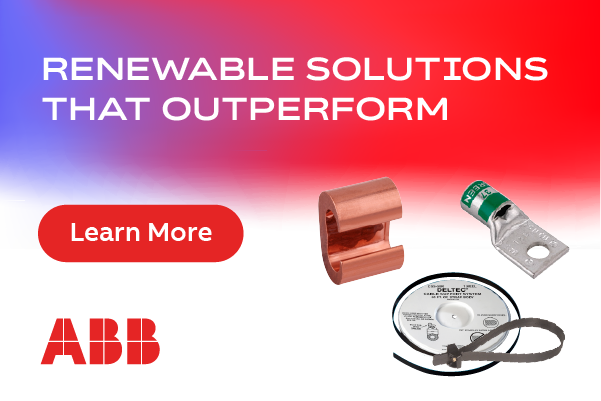Wind Turbine Generator: Understanding Warning Signs
Smart Application Engineering by detailed understanding of the operating conditions and function of the product is needed for many industries. It is especially critical for Wind Industry due to accessibility challenges up tower compared to typical industrial applications on the ground. But there are enough warning signs in most cases before the catastrophic failures or flashovers. Too often, these signs are either not understood or underestimated. Wind turbine generators are high-voltage machines; design or manufacturing faults and use of cheap products are common root causes of electrical failures. These products are not commodity. After install, the lack of preventive maintenance could result in severe damage, costly repairs, and unexpected shutdown of the wind turbine, all of which can be significantly minimized by applying better product and timely service by wind farm technicians.
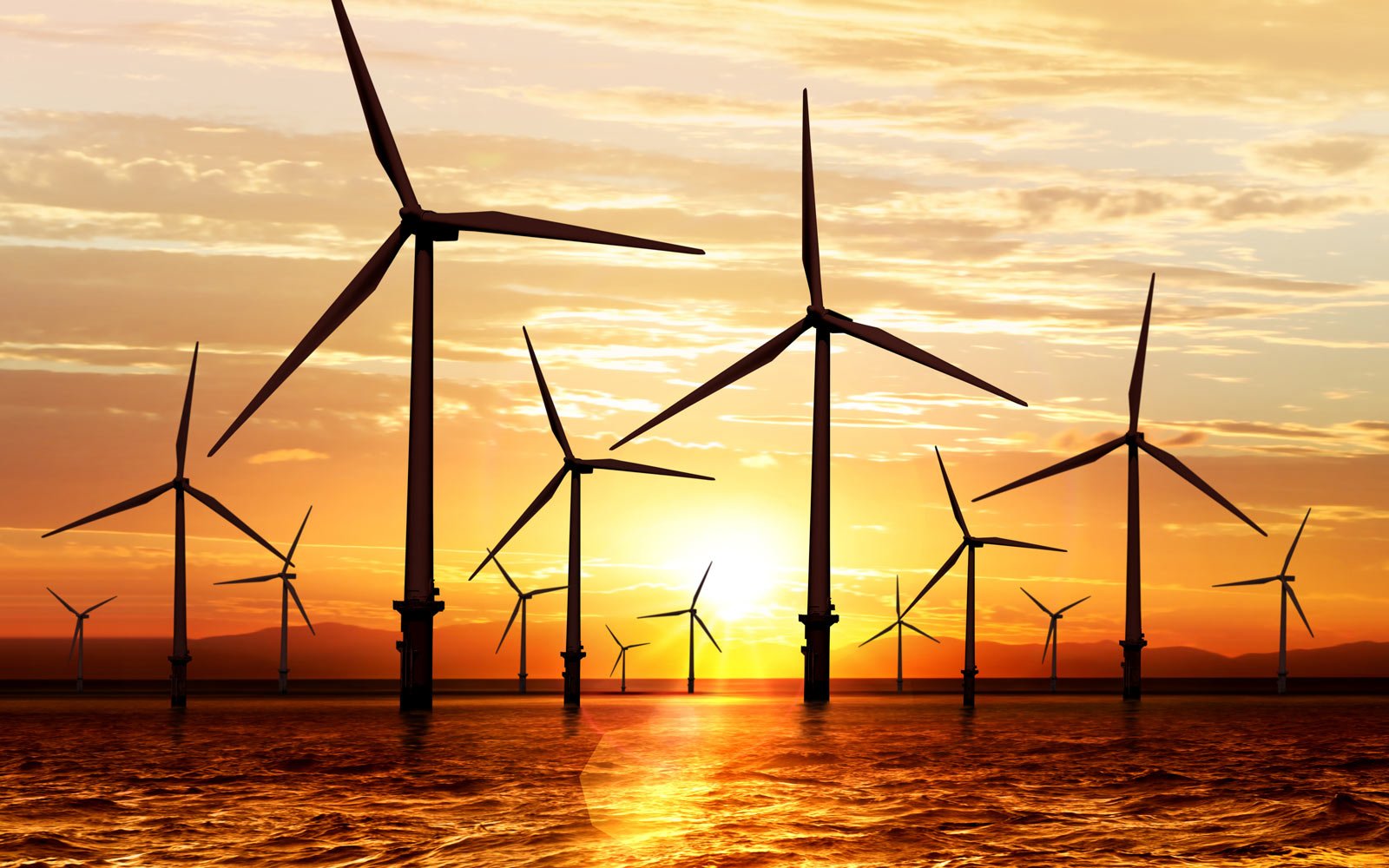
The growth in wind as a major source of power is closely related to improved reliability of wind turbines. The rotation of the blades and shaft must include wear of the interacting parts and thereby concerns for maintenance and life of the related components. The wind turbine includes a wide variety of sliding electrical contacts to conduct electric power to and from the rotating parts. Along with generators and motors, some other systems also include grounding and lightning protection. Majority of these electrical systems include the sliding contact, commonly called a carbon brush, the brush holders with spring, and the rotating collector rings. The wear at the sliding contact interface can be a limiting factor with reduced reliability, and more frequent high-cost maintenance cycles.
A carbon brush is subject to wear from both friction and from electrical erosion. The objective is to attain a balance between these factors for a minimal total wear rate of the interacting sliding surfaces. Optimal designs and appropriate preventive maintenance service can offer impressive results with minimal planned downtime and reduced operating costs, but it takes some effort.
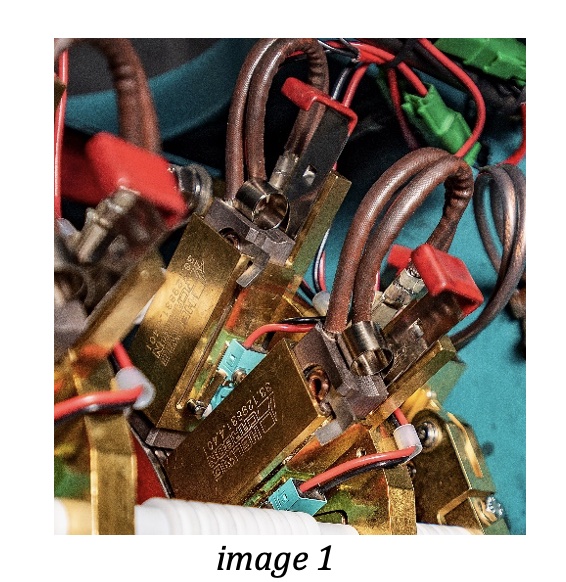
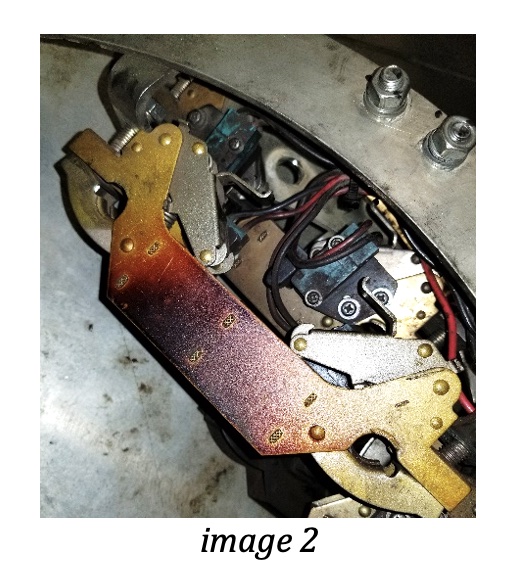
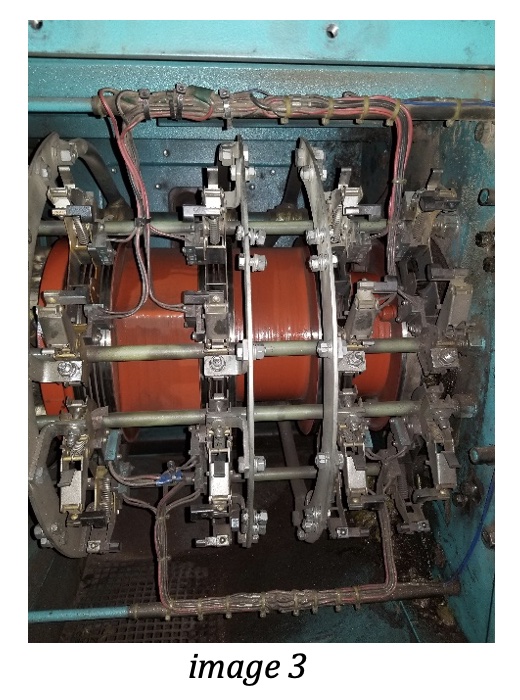
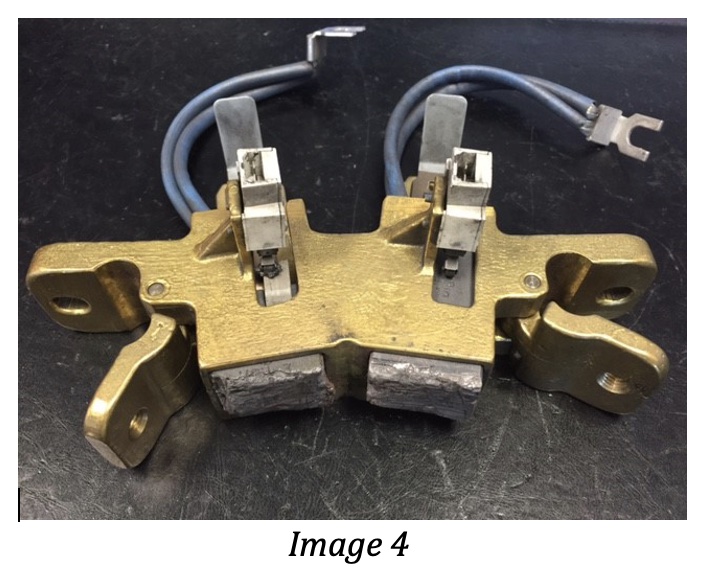
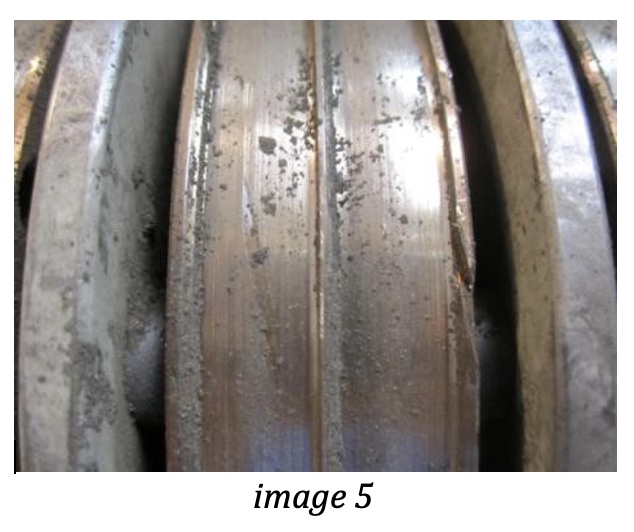
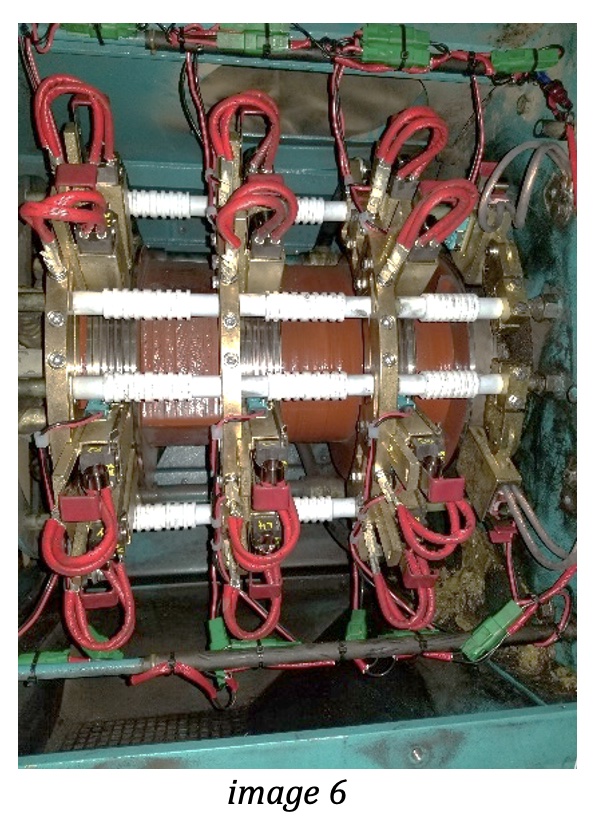
Following are significant elements for continually improving the function of the carbon brushes in a wind turbine.
- Wind turbine generators are complex devices. Manufacturers have typically outsourced the carbon brush holder assembly. The add-on of the slip rings, brush holders, and carbon brushes should provide a well-coordinated system. However, these components are most often manufactured, and sometimes designed, in various locations and by different companies. As a result, the quality, reliability, and compatibility of these parts can be deficient. Turbines that are re-powered for higher output require optimum product selection, as operational parameters change. The proactive design coordination of the carbon brushes, brush holders, and collector rings according to the operating conditions is vital for superior performance and life.
- The growth in wind as a major source of power is closely related to improved reliability of wind turbines. Specific operating conditions can significantly affect the reactions at the carbon brush contact. Operating with generator output either above or far below the machine rating will cause faster wear. Contaminated atmosphere (including marine environments) can cause the ring surface to have higher resistance and higher friction. Installations subject to freezing temperatures have air with low moisture content (low relative humidity) that can cause higher frictional wear of the carbon brushes. In these cases, adjustments in the brush grade may be needed to approach normal performance and life of the sliding contact system.
- The spring force on the carbon brushes is a crucial factor for proper function of the sliding contact system. The pressure must be appropriate for the expected amperage levels and the sliding speed. This means the spring must provide enough pressure to assure a reliable electrical connection, yet not too much pressure to cause excess frictional wear (image 1). Just like carbon brushes, the springs are often taken for granted, and may also need replacement. The force on springs will decline over time, so regular checks on springs is needed to avoid increasing wear.
- Unlike most electrical components that suddenly fail, the carbon brush holder assembly will show symptoms of deterioration well before total failure (image 2). Regularly inspecting used parts can be a powerful diagnostic tool. With regular observation and trending of the filming/patina condition, arcing, heat, and the worn carbon brushes, deteriorating conditions can be identified and corrective action can be taken to address the problems, thus avoiding the threat of an unplanned shutdown. The carbon brush holder assembly is a critical yet often misunderstood part in the operation of the wind turbine. Excess conductive dust from wear of the carbon brushes (image 3), swelling of the carbon brushes (image 4), and grooving or threading of the slip rings (image 5) are especially frustrating and expensive fixes. The motivation to avoid such frustration and cost is exaggerated by the inconvenience of the up-tower location.
There is always an opportunity for improvement by first understanding the symptoms and then fixing it. Predictive and preventive maintenance is the KEY to success. Show your used carbon brushes, springs, and holders to subject matter experts to learn the warning symptoms. With many turbines going out of warranty, look for improvement for life expectancy and reduction in long term maintenance cost. Be flexible for engineering trials with constant monitoring. With information on the existing design, data on the operating conditions, and observation of trends toward undesirable symptoms, adjustments in the sliding electrical contact system can attain excellent results. (image 6) The reward for satisfactory wind generator operation is significant and it is certainly worth the time investment!
Nitin Kulkarni is Vice President Engineering and Business Development at Helwig Carbon Products, a family-owned, American manufacturer which specializes in carbon brushes, brush holders, spring assemblies, metal graphite brushes, and carbon graphite components.
Helwig Carbon Products, Inc. | www.helwigcarbon.com
Author: Nitin Kulkarni
Volume: 2022 March/April








